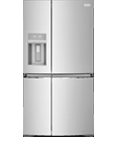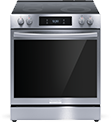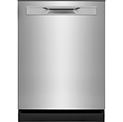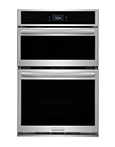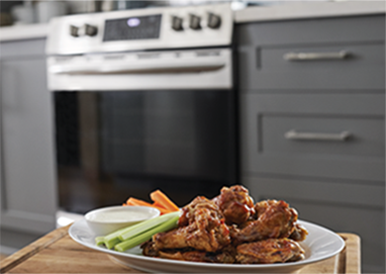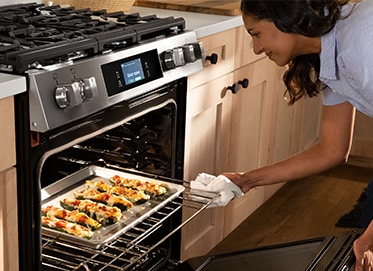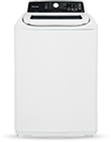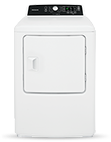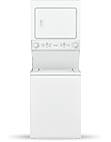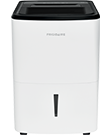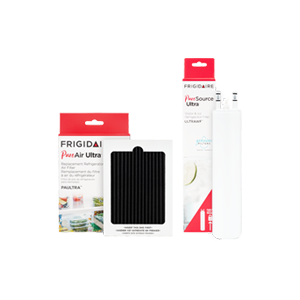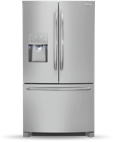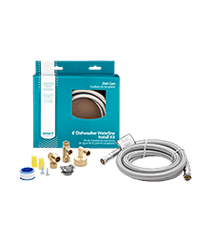Home organization tips and tricks are everywhere these days, from the pantry to the playroom, but what about organizing your fridge? When everything is neatly organized, it’s far easier to see what you have on hand and what you need to pick up on the next trip to the grocery store. On top of that, good fridge organization can help you cut down on household food waste!

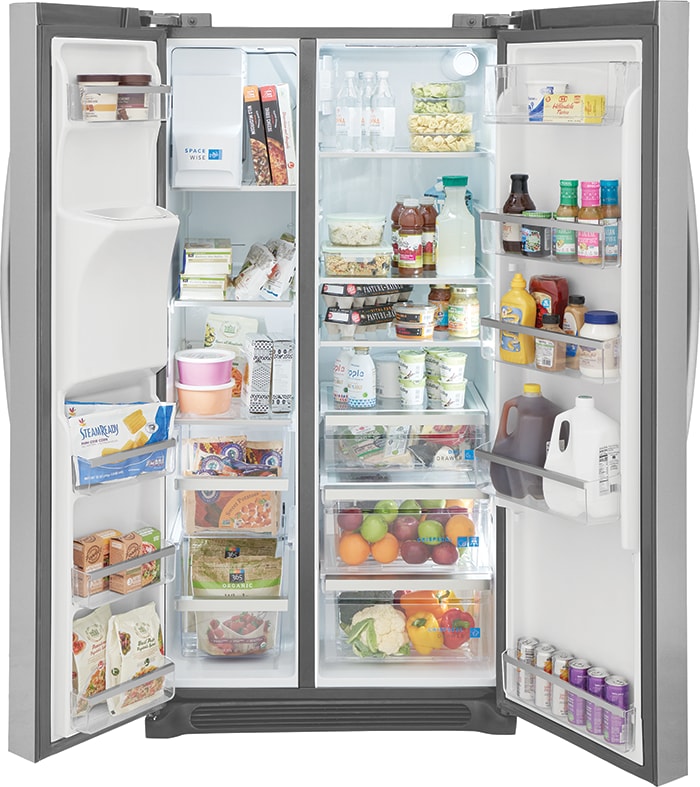
So, let’s talk about how to organize your fridge and how to store produce properly. Read on for five fridge organization ideas that will help you transform your refrigerator setup, reduce food waste, and put a smile on your face whenever you open those doors.
Step 1- Get the Best Fridge that Suits your Family’s Storage Needs
To start, let’s look at the big picture: your choice of the fridge. Depending on the size of your household, you may need a larger or smaller fridge to achieve the perfect combination of storage space and energy usage. Larger households, for example, will benefit the most from French-door refrigerators or 4-door refrigerators. These spacious styles enable you to store plenty of food while also keeping it organized and easy to peruse.
Sometimes, even all that space isn’t quite enough. When that happens, an option like our Custom-Flex ® Temp drawer in the 4-Door French Door models can save the day. This feature allows you to extend your fridge or freezer space at the touch of a button. Talk about fridge organization heaven! Considering your family’s buying habits is crucial to the success of finding the right refrigerator for your household. Is every Friday night pizza night? Consider a side-by-side fridge with space for up to 5 pizza boxes on the top shelf.
Step 2- Clean It Out
Remove All Items
So, you’ve got the right refrigerator to meet your family’s needs, now what? The first step towards stellar refrigerator organization is to take everything out of your fridge. It might be tempting to skip this step, but we promise it’ll make a world of difference. Be sure to empty everything from your crisper drawers to the shelves on the inside of your fridge doors. This is also a great opportunity to toss expired condiments and other items.
Wipe Down All Surfaces
Once you’ve emptied your fridge, wipe it down thoroughly. We recommend using a kitchen cleaner and a microfiber cloth to reduce paper towel usage. Cleaning any food spills and removing debris from your fridge will give you the perfect clean slate to restock and organize all your foods that go in the fridge.
Get Rid of Smells
Is your fridge clean but a little smelly? We’ll take care of that, too. Odors from food and produce can sometimes linger and affect the rest of the items in your fridge. A refrigerator air filter works even better than baking soda to capture and keep odors away, keeping your fridge and freezer smelling fresh.
Step 3- Store Food Properly
Next up on our list of refrigerator organization ideas: storing food the right way. Unfortunately, it’s been estimated that 30 to 40 percent of the food supply in the United States is wasted. You can cut down on waste in your own household by understanding how and where certain foods should be kept. Keeping your refrigerator organized will also help you reduce waste—when you can see what you have on hand, you’ll be more likely to use it and less likely to accidentally purchase extra while shopping.
![]() Dairy Bin
Dairy Bin
Best for butter or soft cream spreads
![]() Expandable Door Bin
Expandable Door Bin
Bins allow you to move to fit tall items like wine, juices, and water.
![]() Door Bins
Door Bins
Condiments, juices temperature-safe foods frequently used items or small jars that might get lost on shelves.
![]() Upper Shelves
Upper Shelves
Great location for leftovers, drinks, and ready-to-eat foods.
![]() Middle Shelves
Middle Shelves
Great location for leftovers, yogurt, snacks like hummus, and fruit cups.
![]() Lower Shelves
Lower Shelves
Raw meats (in proper storage containers) and dairy products like milk, yogurt, sour cream, and cottage cheese should be stored on lower shelves.
![]() Crisper Drawer
Crisper Drawer
Crisper drawers are designed to store produce. Fruits and vegetables are best kept in different crisper drawers, this helps to keep produce fresh, so you waste less food and save more money.
![]() Snack Zone
Snack Zone
Best for cheese sticks or other small easy-to-grab snacks.
Top Shelves
You might think of your fridge as one area that keeps everything equally cold. Our TwinTech® Cooling System works to minimize temperature fluctuations throughout the fridge and freezer. However, if you have a large family who frequently opens the refrigerator and interacts more with certain shelves, your fridge can have slight variances in temperature that can affect how well food keeps. This is why proper fridge organization is particularly important. The top shelf of your fridge can be warmer than the lower shelves because they’re interacted with more often, for example, so this is a good spot to store already cooked leftovers, ready-to-eat foods, and other items that aren’t raw. Prepared salads, berries, herbs, drinks, and dips like hummus are more examples of food items that can be kept on the top shelf.
Bottom Shelves
Bottom shelves are the go-to storage spots for raw foods and other perishable products that need to be kept quite cold. Uncooked meat and fish, along with dairy products like milk and yogurt, will keep the best down here.
Crisper Drawers
If you’re still wondering how to store produce effectively, we’ve got the simplest answer right here: CrispSeal Crisper Drawers with Auto-Humidity. These are key to keeping your colorful fruits and veggies looking and tasting great. Crisper drawers work by blocking out dry air while still removing excess moisture, creating the perfect level of humidity needed to preserve your produce. Citrus fruits, apples, broccoli, carrots, celery, cauliflower, cucumbers, and peppers are just a few examples of products that will do best when kept in a crisper drawer.
Fridge Door
The fridge door is typically the warmest area of a refrigerator if you’re in a larger household that tends to frequently open and close your fridge. Because of this, you’ll want to avoid storing perishable foods like dairy products here. When it comes to refrigerator organization, the fridge door is best used for items with long shelf lives, such as condiments, pickles, salad dressings, syrups, and drinks.
Step 4- Fully Utilize Fridge Containers
Here’s a simple refrigerator organization idea for you: fridge containers! These versatile storage tools are a great way to keep specialty foods neatly stored and visible. Whether it’s a simple bin, an extra shelf, or something that spins, you’ll love how handy an extra container can be.
Fridge Organizers for Snacks
Simple refrigerator organizer bins are amazing for corralling and storing small snacks that tend to clutter up a fridge. Try one bin, and you’ll be hooked once you’ve seen how easy it is to organize juice boxes, cheese sticks, condiment packets, and more.
Wine Rack
Love a chilled glass of wine with dinner? Wine bottles can be bulky and take up way too much room in your refrigerator, throwing off your fridge organization. Opt for a wine rack to keep your beverages chilled, organized, and in easy reach.

Can Dispenser
Loose cans are even worse offenders when it comes to refrigerator organization. Keep all your favorite sodas and sparkling waters stocked and easy to access with a can dispenser. Another plus: this kind of container will help you avoid that “oh no!” moment when a runaway can roll out and hit the floor.
Egg Containers
Whether you like them scrambled, fried, or over easy, eggs are a fridge staple. That unsightly, unwieldy carton? Not so much. Keep your weekly dozen organized and within easy reach with an egg container instead.
Lazy Susan
You’ve probably seen or used a Lazy Susan over brunch—but in the fridge? Absolutely genius for fridge organization. A rotating tray makes it so much easier to get at the food items in the back of your fridge. No more shuffling things around to reach those leftovers or condiments!
Step 5- Try a Few More Kitchen Organization Tips
If these fridge organization ideas weren’t enough, we’ve got some additional tips for you to try that can keep your food storage and larger kitchen area clean and easy to browse. And when your friends ask how you did it, you’ll know exactly what to tell them.
Label Where Food Goes
Whether it’s a mental tally or a physical label, create an organization system so you know exactly where every type of food item goes. Everything from flour to tonight’s leftovers should have a designated spot. This will help you and any others who use your kitchen know where to replace things after they’ve used them. In addition to keeping your kitchen and fridge organized, a labeling system will help you cut down on food waste since you’ll know where everything is and be better prepared to use it before it goes bad.
Hang Racks on Door Backs
Now that you know how to organize your fridge, let’s free up room elsewhere. Create some extra storage space for spices and other small bottles by hanging a rack on the back of the pantry door. You can also do the same with smaller racks on the inside of cabinets and large drawers. Is it us, or did your kitchen just get bigger?
Declutter Every Few Months
One last kitchen and fridge organization tip from us: set aside some time to declutter every few months. Anything that’s expired? It’s got to go. Anything you’ve run out of? Add it to the grocery list. You’ll be shocked at how manageable this makes your food storage situation.
Happy organizing!

